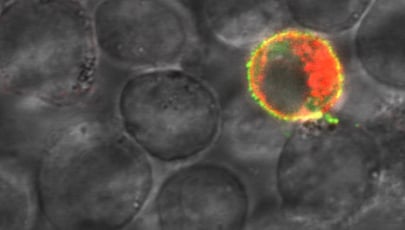HIV Research
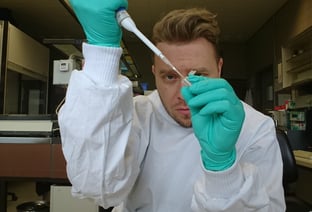

tANCHOR technology was discovered by chance at the Robert Koch Institute in Berlin during Dr. Daniel Ivanusic’s research into how Tetraspanins contribute to HIV infection. His work is driven by a powerful vision: a world without HIV.
Daniel leads efforts to develop next-generation therapies with a clear mission: the eradication of HIV. From innovative vaccine platforms to long-acting treatments, his work is grounded in the belief that innovation is not optional — it is essential. His focus is on moving beyond managing the virus toward eliminating it entirely.
"Because I know the names behind the numbers, and their stories have become my quest for a vaccine. I’ve heard their stories, seen their faces, and carried their memory with me—into every experiment, every meeting, every moment of doubt. Their stories are my why. I want a world where the next generation doesn’t have to grow up in the shadow of HIV—where fear, stigma, and loss become part of history. That hope keeps me going.
But this journey is hard. Really hard. Some days, it feels like I’m chasing a unicorn—something rare, impossible to catch. Research can be exhausting. The setbacks hit deep. And the pressure? It’s heavy. And the truth is, it’s easier to say, “That idea won’t work.” It’s easier to dismiss than to begin. But science doesn’t move forward by taking the easy route. It advances because someone is willing to try—again and again. It takes tinkering, testing, tweaking—that quiet, patient kind of problem-solving that refuses to give up. And that’s what I do. What we do. Because we have to. I won’t stop. I can’t stop. Because giving up would mean accepting a world where HIV still exists. And that’s not a future I’m willing to accept.
What gives me strength is knowing we’re not out of options. Tools like tANCHOR technology offer more than scientific progress—they give us something to hold on to. For me, tANCHOR is like an anchor in the storm—a reminder to stay grounded, to keep believing. Because anchors stand for strength, for steadiness—and above all, for hope. And that’s what tANCHOR gives me: hope that we’re getting closer. tANCHOR opens up new ways to guide the immune system—approaches that just might be the key to unlocking what has eluded us for so long. It’s innovative. It’s exciting.
And it could change everything." Dr. Daniel Ivanusic
"Because I know the names behind the numbers, and their stories have become my quest for a vaccine"
But the effort doesn’t stop there. Daniel also investigates what may be HIV’s Achilles’ heel — a point of vulnerability that could open the door to a new class of therapies. His research into tetraspanins, particularly CD63, has revealed a key role in direct cell-to-cell viral transfer (Movie 1). Interrupting this mechanism may allow researchers to halt the virus at one of its most elusive stages.
Movie: How HIV spreads directly between cells
Live-cell imaging from Ivanusic et al., 2022. This video shows how HIV particles (in green) move directly from an infected cell to a nearby healthy cell. The two cells form a close connection called a virological synapse, which helps the virus transfer more efficiently. A red fluorescent marker, mCherry, is used to label the CD63 protein, which is involved in this process. Where the HIV particles and CD63-mCherry overlap, the colors merge into orange.
Figure 1: HIV-1 MPER tANCHOR Antigen Design. This schematic illustration depicts the conceptual design of the HIV-1 MPER tANCHOR antigen. The construct is engineered to present the membrane-proximal external region (MPER) of the HIV-1 gp41 protein in a membrane-embedded context. In a proof-of-principle study, we demonstrated that it is possible to induce broadly neutralizing antibodies targeting this critical segment. Please note that this image is a simplified schematic. The actual protein structure used in our experiments was computationally designed and remains confidential.
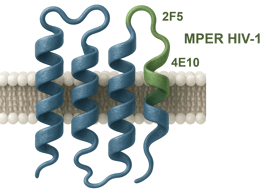



Despite the urgency, funding for HIV research — especially vaccine development — remains limited. There is a growing need for collaboration, partnership, and support from those who believe in a future without HIV. While past narratives have cast doubt on the possibility of an HIV vaccine, the growing body of evidence tells a different story. Emerging technologies — including the tANCHOR technology — may be the tools that finally bring this goal within reach. As part of our work, preliminary studies have shown promising results: using tANCHOR displaying the MPER (Figure 1), it was possible to induce neutralizing 2F5 and 4E10 antibodies in mice. But a vaccine development shouldn’t only focus on prevention. By inducing strong, targeted antibody responses — one of the immune system’s most powerful tools — a vaccine targeting the MPER segment of HIV could help control HIV infection in the body, potentially reducing or even eliminating the need for lifelong therapy.
We have mapped the human genome. We’ve edited genes with precision. We’ve landed rovers on Mars, built artificial intelligence that mimics human thought, and developed mRNA vaccines in under a year. Humanity has proven time and again what is possible when knowledge, technology, and determination come together. And yet, we still do not have a vaccine for HIV.
It’s time to change that. Now!
Let’s work together to create a future where no one has to live in the shadow of this virus — a world without HIV.
Reference
Bernauer H., Schlör A., Maier J., Bannert N., Hanack K., Ivanusic D. tANCHOR fast and cost-effective cell-based immunization approach with focus on the receptor-binding domain of SARS-CoV-2. Oxford Academic Press Biology Methods and Protocols, 2023 Dec. bpad030.
Ivanusic D., Madela K., Bannert N., Denner J. Time-lapse imaging CD63 dynamics at the HIV-1 virological synapse by using agar pads. MicroPubl Biol. 2022 Oct.
Ivanusic D, Madela K., Bannert N., Denner J. The large extracellular loop of CD63 interacts with gp41 of HIV-1 and is essential for establishing the virological synapse. Scientific Reports. 2021 May 11;11(1):10011.
Ivanusic D., Madela K., Burghard H., Holland G., Laue M., Bannert N. tANCHOR: a novel mammalian cell surface peptide display system. Biotechniques. 2021 Jan;70(1):21-28.
Ivanusic D., Denner J., Bannert N., Correlative Förster Resonance Electron Transfer-Proximity Ligation Assay (FRET-PLA) Technique for Studying Interactions Involving Membrane Proteins. Current Protocols in Protein Science. 2016 Aug 1;85:29.17.1-29.17.13.
Ivanusic, D., Eschricht, M., and Denner, J. Investigation of membrane protein-protein interactions using correlative FRET-PLA. Biotechniques. 2014 Oct 1;57(4):188-91, 193-8.
Ivanusic, D., Madela, K., Laue, M., and Denner, J. 3D imaging of CD63 recruitment at the virological synapse (HIV-1). AIDS Research and Human Retroviruses. 2015 Jun;31(6):579-80.
Ivanusic D., Heinisch JJ., Eschricht M., Laube U., Denner J., Improved split-ubiquitin screening technique to identify surface membrane protein-protein interactions. Biotechniques. 2015 Aug 1;59(2):63-73. Ivanusic, D. In Sweet Harmony: CD63 and HIV-1. AIDS Research and Human Retroviruses. 2015 Jun; 31(6):579-80.
Ivanusic, D. HIV-1 Cell-to-Cell Spread: CD63-gp41 Interaction at the Virological Synapse. AIDS Research and Human Retroviruses. 2014 Sep;30(9):844-5.
Ivanusic, D., Madela, K., Laue, M., and Denner, J. Visualization of HIV-1 Budding Structures. AIDS Research and Human Retroviruses. 2014 Oct;30(10):945-6.
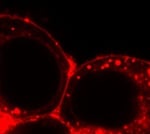

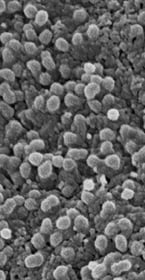

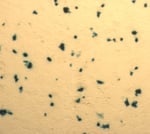


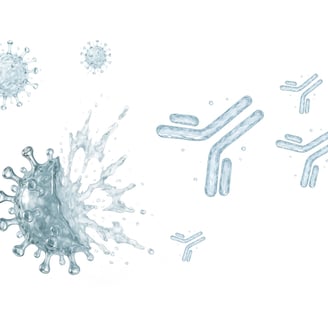
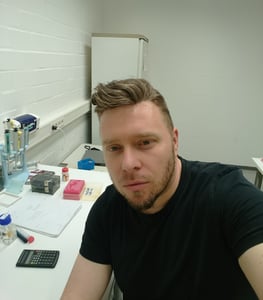

Contact Us
Get in touch for inquiries about tech applications and life sciences in pharma and biotech research.

Insights
Explore tANCHOR applications in life sciences research.
Solutions
a n c h o r @anchoreon.com
+49 15679635953
© 2025. All rights reserved.

